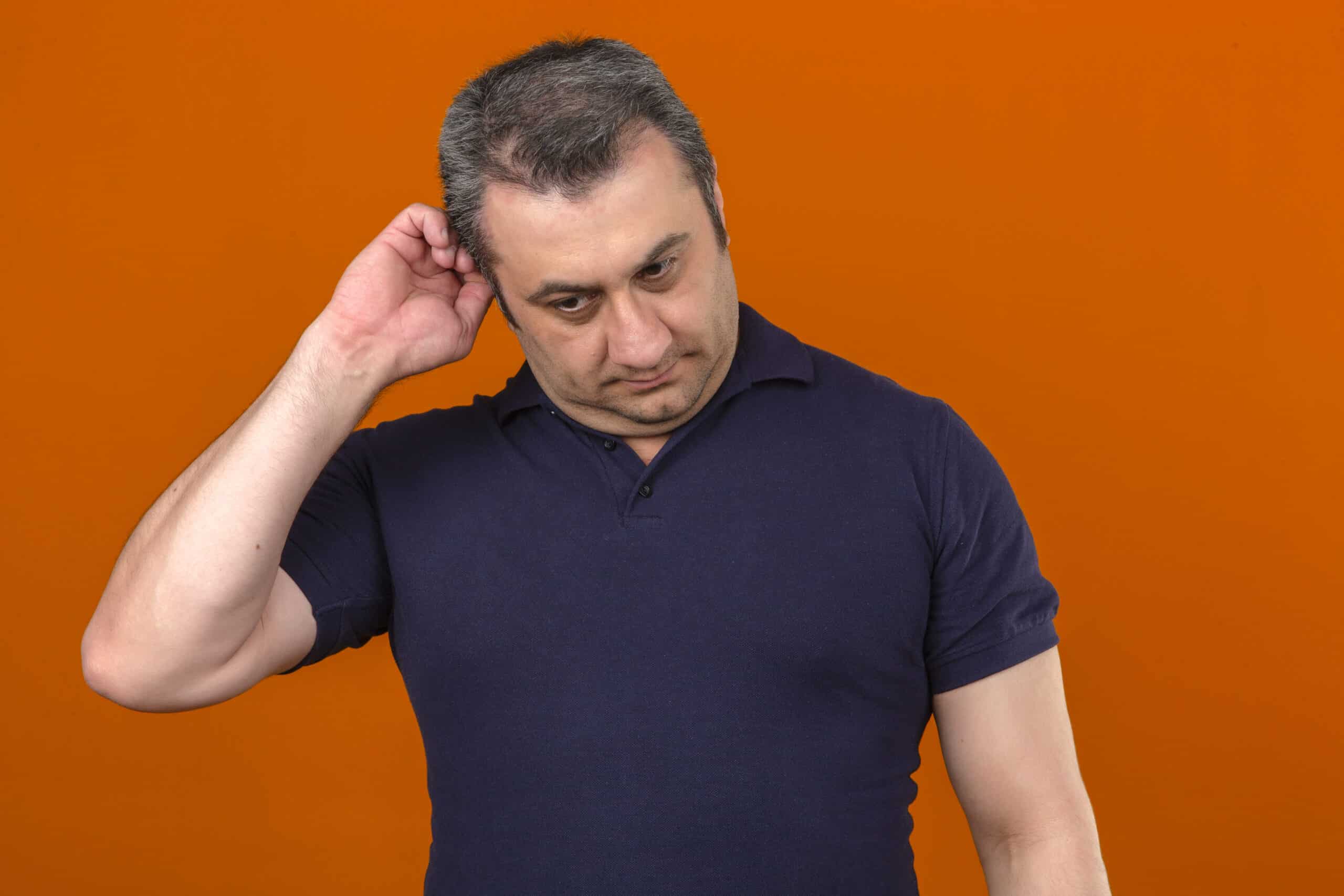Table of Contents
When most people think about hearing loss, they picture age-related decline or damage from loud noises. However, one of the most common and easily treatable causes is something far simpler: earwax.
Yes, that sticky substance in your ears can have a major impact on your hearing health. In this article, we’ll explore how earwax can cause hearing loss, what signs to look out for, and how professional earwax removal can lead to hearing improvement. If you’ve ever wondered whether a blocked ear and hearing trouble might be connected, you’re in the right place.
What Is Earwax and Why Do We Have It?
Earwax, medically known as cerumen, is a natural substance produced in the outer part of the ear canal. It serves important purposes:
- Traps dust, dirt, and foreign particles
- Moisturizes the ear canal to prevent dryness
- Protects against bacterial and fungal infections
Normally, earwax moves toward the ear opening and falls out on its own or is washed away. But sometimes, this process doesn’t work properly, and the wax builds up.
Can Earwax Cause Hearing Loss?
Excessive earwax can lead to conductive hearing loss — a type of hearing loss that occurs when sound is physically blocked from reaching the inner ear. When wax becomes impacted or hardens deep inside the ear canal, it can block sound waves and cause temporary, but noticeable, hearing loss due to wax buildup.
How Earwax Affects Hearing
When earwax becomes excessive or impacted, it creates a physical barrier. This results in the following symptoms:
- Muffled or diminished hearing
- A feeling of fullness in the ear
- Ringing or buzzing (tinnitus)
- Occasional ear pain or itchiness
- Dizziness or balance issues
These symptoms are common in people experiencing blocked ears and hearing problems. If left untreated, the situation can worsen, sometimes leading to ear infections or more serious complications.
Who Is Most at Risk of Wax-Related Hearing Loss?
While anyone can experience wax buildup, certain people are more prone to it:
- Elderly individuals: Earwax tends to become harder and less mobile with age.
- Hearing aid users: Devices can prevent earwax from exiting naturally.
- People with narrow or hairy ear canals
- Individuals who frequently use earbuds
- Overcleaners: Using cotton swabs often pushes wax deeper into the canal.
If you fall into one of these groups, regular ear check-ups can help prevent hearing loss due to wax.
The Dangers of DIY Ear Cleaning
Many people reach for cotton swabs or other home tools to clean their ears, but this is one of the biggest causes of impacted earwax.
Why It’s Risky:
- Cotton swabs often push wax deeper.
- Sharp tools can injure the eardrum or ear canal.
- DIY cleaning can lead to infections or worsen blockages.
Instead, consider safe methods or professional help. The safest and most effective way to restore hearing is through earwax removal and hearing improvement at a licensed clinic such as The Hearing Centre Singapore.
How to Know If You Have Impacted Earwax
Not all earwax buildup causes symptoms. However, signs of blockage include:
- Sudden or gradual hearing loss
- Sensation of pressure or fullness in the ear
- Itching or discomfort
- Dizziness or imbalance
- Tinnitus (ringing or buzzing)
Hearing Loss Due to Wax vs Other Causes
It’s important to distinguish hearing loss due to wax from other types of hearing loss, such as sensorineural (nerve-related) or age-related loss.
Type | Cause | Treatment |
Conductive (wax-related) | Blocked sound path due to wax | Earwax removal |
Sensorineural | Damage to the inner ear or the auditory nerve | Hearing aids or cochlear implants |
Age-related (presbycusis) | Natural degeneration with age | Hearing aids, regular monitoring |
In most cases, wax-related hearing loss is reversible, making earwax removal and hearing improvement a simple and effective solution.
How Audiologists Diagnose Wax-Related Hearing Loss
If you visit a hearing clinic with symptoms of a blocked ear and hearing difficulty, an audiologist will likely:
- Examine your ears using an otoscope.
- Perform hearing tests, such as:
- Pure Tone Audiometry
- Tympanometry to assess middle ear pressure
- Determine whether the hearing loss is due to wax or a deeper issue.
Early diagnosis is key to avoiding unnecessary worry or complications.
Methods of Safe Earwax Removal
Manual Removal
Using specialised curettes or forceps under a microscope — ideal for hard, impacted wax.
Ear Drops (at home, with caution)
Over-the-counter wax-softening drops can help with mild blockages. However, these should not be used if there’s pain, discharge, or a suspected eardrum perforation.
For the best results, opt for professional assistance.
Benefits of Professional Wax Removal
If you’ve been dealing with muffled hearing, blocked sensations, or tinnitus, professional earwax removal and hearing improvement go hand-in-hand. Benefits include:
- Instant relief from pressure or discomfort
- Clearer, sharper hearing
- Better balance and reduced dizziness
- Improved hearing aid performance
Patients often report a dramatic difference immediately after removal.
Hearing Aids and Wax Buildup
People who wear hearing aids are more likely to experience wax-related issues due to:
- Earwax is being pushed inward by the device
- Moisture buildup around the aid
- Reduced air circulation in the ear canal
At The Hearing Centre, but also adjust and maintain hearing aids to ensure optimal performance.
If wax buildup is managed and you still have hearing loss, consider exploring advanced hearing solutions like:
What If It’s Not Wax?
Sometimes, symptoms of hearing loss due to wax may be a sign of something more complex, such as:
- Middle ear infections
- Otosclerosis (abnormal bone growth)
- Sensorineural hearing loss
Tips to Prevent Excessive Wax Buildup
While you can’t stop earwax from forming, you can take steps to avoid impaction:
- Avoid inserting cotton swabs or foreign objects into your ears
- Schedule regular ear check-ups, especially if you wear hearing aids
- Use ear drops only when recommended
- Dry your ears thoroughly after swimming or bathing
Conclusion
Yes, earwax can cause hearing loss, but the good news is that it’s usually temporary and easily treatable. If you’re experiencing symptoms like muffled sound, ear pressure, or ringing in the ears, the problem might be a simple case of wax buildup. Professional diagnosis and removal can offer immediate and noticeable hearing improvement.
Don’t let a blocked ear and hearing trouble affect your daily life. Book an appointment with a trusted audiologist at The Hearing Centre Singapore.
Frequently Asked Questions
Common signs include muffled hearing, a blocked or full feeling in the ear, ringing sounds (tinnitus), dizziness, or difficulty hearing in noisy environments. These symptoms may point to hearing loss due to wax and should be assessed by an audiologist.
Yes, earwax impaction is a common reason for a blocked ear and hearing loss. When wax accumulates and hardens inside the ear canal, it can prevent sound from reaching the eardrum properly, leading to temporary conductive hearing loss.
An audiologist will examine the ear canal using an otoscope to check for visible wax blockage. They may also conduct tests such as pure tone audiometry or tympanometry to confirm whether the hearing loss due to wax is temporary and treatable.
In many cases, yes. When the wax is safely removed, patients often experience immediate hearing improvement, especially if the blockage was the sole cause of hearing loss. Professional removal ensures safe and effective results.
No, using cotton swabs can push wax deeper into the canal and worsen the blockage. It may even injure the eardrum. To avoid complications related to blocked ears and hearing, seek professional ear cleaning services instead.
Yes, wearing hearing aids can prevent natural wax migration and may lead to accumulation. If you use hearing aids and notice muffled hearing, it may be time to get a professional cleaning and hearing aid adjustment.
This depends on your earwax production and whether you’re prone to blockages. Most people benefit from a check-up once or twice a year. If you have a history of hearing loss due to wax, more frequent visits may be necessary.
Yes, children are also susceptible to earwax-related hearing loss, especially if they have narrow ear canals or frequently wear earbuds. Regular ear checks can help ensure proper hearing development in kids.
Clinics often use gentle irrigation, microsuction, or manual removal with specialised tools. These techniques offer quick earwax removal and hearing improvement without harming the ear canal or eardrum.
If you experience sudden hearing changes, discomfort, dizziness, or suspect a blocked ear and hearing problem, visit an audiologist promptly. Early diagnosis and removal can prevent further issues and restore your hearing quickly.

Evlin is passionate about helping people with hearing loss. With years of experience in audiology, she has diagnosed and treated a wide range of hearing conditions across all age groups. She is accredited to conduct comprehensive hearing assessments and provide treatments for patients from newborns to the elderly. Committed to personalized care, she strives to empower patients to fully engage in life with better hearing.
Designation: Clinical Audiologist
Qualification: Bachelor of Health Science (Honours) (Audiology), University of Science Malaysia
Membership: .Society of Audiology Professionals in Singapore (SAPS)

